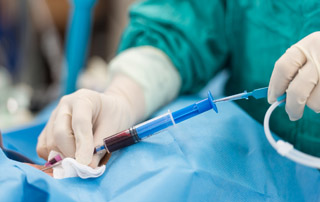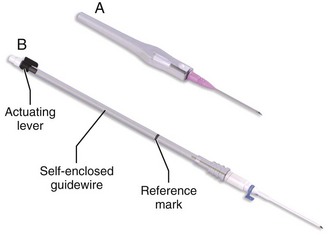- Joined
- Apr 28, 2009
- Messages
- 765
- Reaction score
- 337
About to start third year in a few weeks and I still dread putting in central lines. How can I get over this? I've been told my technique is fine, no issues. I start to think about "what if I can't get the line in? What if the guidewire doesn't go in smooth and I can't get it?" Am I just psyching myself out? Never had any complications with line placement. Until the CXR comes back, I get major anxiety. It's gotten better with time though. It's hit or miss getting lines so it's hard to arrange consistent practice. Is it crazy talk to think about doing more ICU as elective time next year? Have already done a total of 4 ICU months and have 2 more next year.



